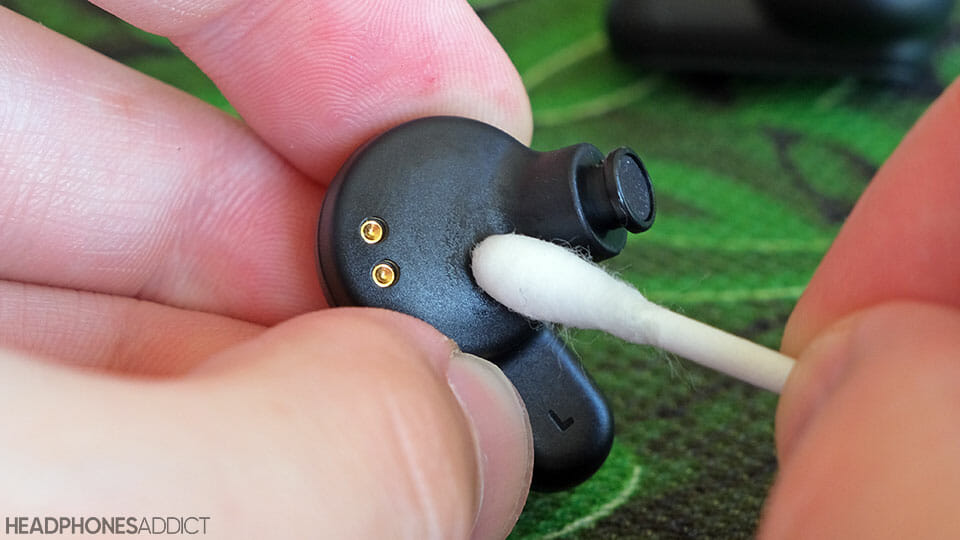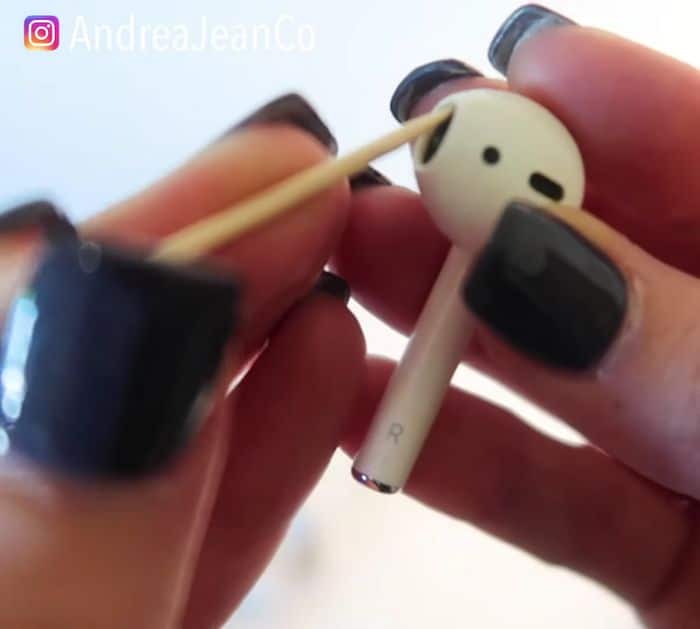Cleaning Ear Wax Out Of Earbuds

Imagine this: you're settling in for your favorite podcast, earbuds snugly in place, ready to escape the daily grind. But instead of crystal-clear voices and immersive soundscapes, you're met with muffled noises, as if listening through a thick cotton ball. The culprit? A waxy buildup, silently sabotaging your auditory experience.
Earbuds, our constant companions in this digital age, often become unwitting repositories for earwax, dust, and debris. Cleaning them regularly is not just about hygiene; it's about preserving sound quality, extending the lifespan of your devices, and, most importantly, safeguarding your ear health.
The Silent Threat: Why Earwax Matters
Earwax, or cerumen as it's medically known, isn't just dirt. It's a naturally occurring substance produced by glands in the ear canal, playing a crucial role in protecting the ear.
It acts as a barrier against dust, bacteria, and other foreign particles, preventing them from reaching the delicate inner ear. Earwax also possesses lubricating properties, keeping the ear canal moisturized and preventing dryness and itching.
However, the very substance designed to protect can become problematic. When earwax accumulates excessively, it can harden and block the ear canal, leading to discomfort, temporary hearing loss, and even infections.
According to the American Academy of Otolaryngology, over-cleaning can also cause problems, leading to irritation and potentially pushing wax further into the ear canal.
Earbuds: A Magnet for Wax
Earbuds exacerbate the issue of wax buildup in a few ways. First, they physically obstruct the ear canal, disrupting the natural process by which wax is expelled.
Normally, jaw movements from talking and chewing help to move wax towards the outer ear, where it eventually dries and flakes off. Earbuds interfere with this mechanism, trapping wax inside.
Second, earbuds create a warm, moist environment in the ear canal, ideal for bacterial growth and wax softening, leading to increased buildup. Finally, the frequent insertion and removal of earbuds can introduce additional dirt and debris into the ear.
The Cleaning Arsenal: Tools and Techniques
Cleaning your earbuds doesn't require an elaborate setup or harsh chemicals. In fact, simplicity is key to avoiding damage to your devices. Here's a breakdown of the essential tools and techniques:
The Gentle Approach:
A soft, dry cloth or microfiber cloth is your first line of defense. Gently wipe down the exterior of your earbuds after each use to remove loose debris and prevent buildup from hardening.
For stubborn wax, slightly dampen the cloth with water or a small amount of rubbing alcohol, ensuring you don't oversaturate it.
Avoid using excessive force or abrasive materials, as these can scratch or damage the delicate surface of the earbuds.
Digging Deeper:
For hard-to-reach crevices and speaker grills, a soft-bristled brush, such as a toothbrush or a specialized cleaning brush, can be invaluable. Gently brush away any accumulated wax or debris, being careful not to push it further inside.
Compressed air can also be used to dislodge loose particles from speaker grills. Use short bursts of air and hold the can at a distance to avoid damaging the components.
Cotton swabs are often used, but exercise caution. If used improperly, they can compact wax further into the earbud or leave cotton fibers behind.
Advanced Cleaning:
For earbuds with removable silicone tips, detach them and wash them with warm, soapy water. Ensure they are completely dry before reattaching them to the earbuds.
Some earbuds are designed to be waterproof or water-resistant, allowing for more thorough cleaning with water. Check the manufacturer's instructions before submerging your earbuds in water.
UV sanitizers are becoming increasingly popular for cleaning earbuds. These devices use ultraviolet light to kill bacteria and germs, providing an extra layer of hygiene.
The Do's and Don'ts of Earbud Cleaning
To ensure a safe and effective cleaning process, keep these guidelines in mind:
- Do unplug your earbuds before cleaning.
- Do use a soft, lint-free cloth.
- Do be gentle and avoid excessive force.
- Do allow your earbuds to dry completely before using them.
- Don't use sharp objects to clean your earbuds.
- Don't use excessive amounts of liquid.
- Don't submerge non-waterproof earbuds in water.
- Don't use harsh chemicals or abrasive cleaners.
Beyond Cleaning: Prevention is Key
While cleaning your earbuds is essential, preventing excessive wax buildup is even better. Here are some preventive measures to consider:
Limit earbud usage: Give your ears a break from earbuds to allow for natural wax expulsion. Consider over-ear headphones as an alternative.
Clean your ears safely: Avoid using cotton swabs to clean your ears, as they can push wax further inside. Consult with a doctor or audiologist for safe earwax removal methods.
Choose the right earbuds: Opt for earbuds with a comfortable fit that doesn't obstruct the ear canal excessively. Consider earbuds with open designs that allow for better airflow.
According to the Mayo Clinic, if you experience persistent earwax buildup, consult a healthcare professional for safe and effective removal.
The Sound of Silence (and Cleanliness)
Cleaning your earbuds is a simple yet crucial habit that can significantly impact your audio experience and ear health. By incorporating regular cleaning into your routine, you can ensure that your earbuds remain a source of joy, not frustration.
It's a small act of self-care that pays dividends in the form of crystal-clear sound, extended device lifespan, and, most importantly, the well-being of your ears.
So, take a few minutes today to give your earbuds the attention they deserve. Your ears will thank you for it.


















